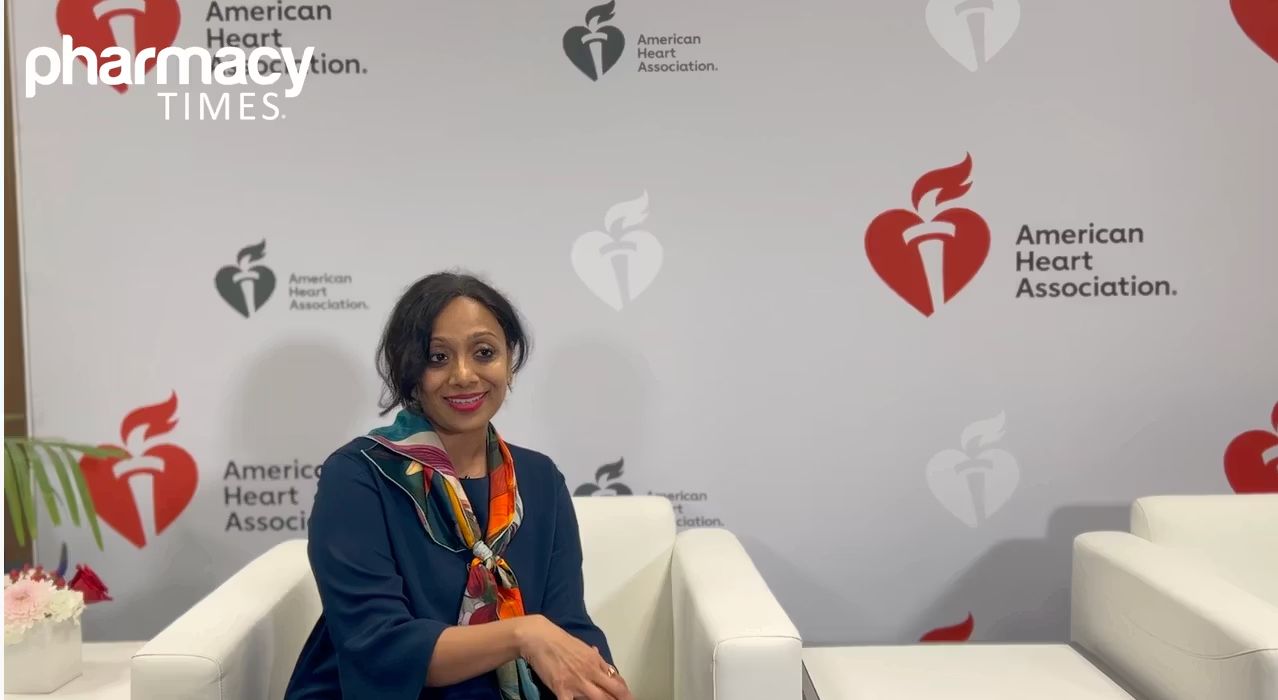Pharmacy Times: The AHA Cardiovascular-Kidney-Metabolic Health Initiative highlights the need for more integrated approaches to care. How do innovative partnerships like this help address gaps in management for patients at high cardio-renal-metabolic risk?
Neerja Balachander, MBBS, PhD: Okay, thank you for that. So let’s start with some numbers. 20 million patients die every year from cardio-kidney-metabolic conditions. Nearly 65 million people in the United States alone suffer from at least 1 cardio-kidney-metabolic complication. Among patients who have 2 of these conditions, that number is nearly 20 million again.
If you compare this to something like the pandemic, we are essentially facing the equivalent of 20 pandemics every year. So I think there’s something we all have to do about it.
The reality is that, for the first time in 50 years, cardiovascular mortality has actually increased in the United States. This is not because we lack effective drugs—it’s because the utilization of these therapies has become more complicated. There are several reasons for that, but consider this: a patient may have a heart complication, a metabolic complication, and a kidney complication.
If I’m a general physician looking at this patient, what should I treat first? I think it becomes critically important for physicians, specialists, cardiologists, endocrinologists, nephrologists, and organizations like the AHA, along with patients and communities, to partner and come together to develop an implementation solution. That, I believe, is what the Cardio-Kidney-Metabolic Alliance represents—an initiative aimed at uniting efforts to address this growing health crisis.
Pharmacy Times: What are some of the most promising collaborative models or initiatives you’ve seen that are helping bridge communication and care between cardiology, nephrology, and endocrinology?
Balachander: The cool part is that we’re in one of those times in medicine where there’s growing recognition that, although cardiology treats the heart, nephrology treats the kidneys, and diabetology treats metabolic disorders, the body doesn’t function in silos. The heart, lungs, kidneys, pancreas, and liver are all interconnected.
For example, a disease that affects the endothelium may first manifest in the kidneys but eventually impacts the heart. Similarly, a disorder of fat deposition may begin in one area yet ultimately affect multiple organs, as fat accumulation leads to inflammation throughout the body. A patient with diabetes and fat in the liver, for instance, will often progress to metabolic-associated steatotic liver disease (MASLD) and, in many cases, metabolic-associated steatohepatitis (MASH).
Now, what’s a good model for working together to address this? There are several initiatives and partnerships among industry collaborators, patient organizations, professional societies, and even government agencies—all recognizing that chronic diseases represent one of the greatest health challenges of our time. There was even a session at the United Nations on noncommunicable diseases where our CEO presented this very position.
This is not something any one individual or single group can solve alone. Patients are dying—and, in truth, we’re all patients ourselves. According to the AHA’s CKM classification, 9 out of 10 adults have at least stage 1 CKM, meaning that the likelihood that you or I already have it—or will in the next 5, 10, or 15 years—is almost 100%. We must begin addressing these issues collectively, as one unified effort.
The good news is that many associations and organizations are now collaborating across sectors—partnering with manufacturers, industry, research institutions, health systems, and policy organizations. There are several promising examples of this, and I would point to the Cardio-Kidney-Metabolic (CKM) Alliance as one such model. We also work closely with the National Kidney Foundation (NKF) and with major centers of excellence. Fingers crossed, these partnerships continue to expand and drive meaningful change.

